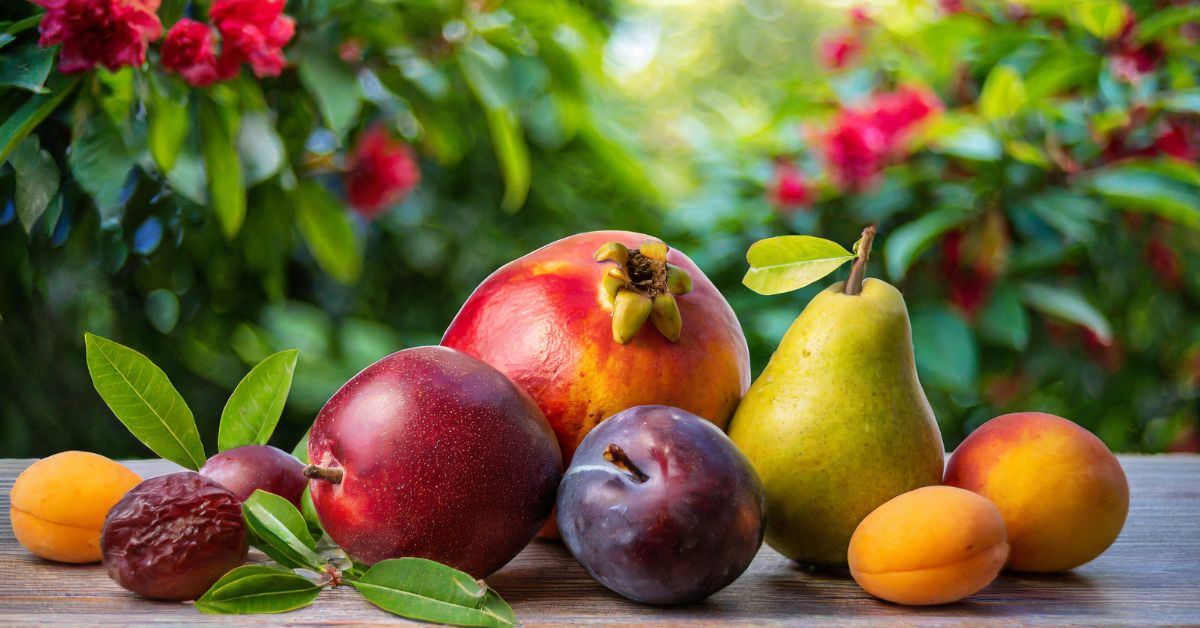Fall is a wonderful season for fresh produce, but not all fruits are at their best during this time. While many fruits thrive and taste great in the autumn months, some may be overpriced, less fresh, or out of season, leading to poor quality. Knowing which fruits to avoid can help you get the most delicious and affordable options when shopping this fall.
In this article, we will explore 8 fruits that you should think twice about buying during fall. By avoiding these, you can focus on seasonal fruits that are both healthier and more budget-friendly. Whether you love snacking or cooking, this guide will make your fall fruit choices smarter and tastier.
1. Strawberries
Strawberries are often associated with summer and early spring, but by the time fall arrives, their quality declines. Most strawberries in fall are imported or grown in greenhouses, which can make them more expensive and less flavorful. According to the USDA’s seasonal produce guide, strawberries are best consumed in late spring and early summer for peak freshness and sweetness.
2. Watermelon
Watermelon is a classic summer fruit known for its juicy sweetness. In fall, watermelons are no longer in season and tend to taste bland or watery. Buying watermelon in fall often means they were harvested early or kept in cold storage, which reduces their natural flavor. The specialty food store experts suggest avoiding watermelon after August to enjoy the best taste.
3. Pineapple
While available year-round in grocery stores, pineapples damage flavor during the fall months because they are usually sourced from distant regions and can lose freshness during transit. Fall is not a prime season for pineapples, and local or seasonal options may taste fresher and be more sustainable. The Produce for Better Health Foundation advises choosing pineapples when they’re in peak season, typically March to July.
4. Cherries
Cherries are a summer fruit, and by fall they are no longer fresh or locally available. Buying cherries in fall usually means they have been frozen or shipped from faraway places, impacting taste and texture significantly. Additionally, cherries can be quite expensive off-season (source: Fresh Fruit Portal). It’s best to wait for late spring or early summer to enjoy cherries at their best.
5. Peaches
For many, peaches are a summer favorite. When fall comes, peaches lose their natural juiciness and can often be grainy or overly soft. Most peaches in fall are imported or stored for long periods, making them less tasty. According to the National Mango Board, it’s better to enjoy peaches when they are naturally in season during late spring and summer.
6. Raspberries
Raspberries are very delicate and have a short season, typically in summer. By fall, their quality declines, and they become more expensive due to limited supply. They also spoil quickly and may not be the best choice for long-lasting fruit baskets or snacks. The University of California’s Agriculture and Natural Resources department recommends consuming raspberries during their peak months for the best experience.
7. Apricots
Apricots come into season in late spring and early summer. When bought in fall, they are usually off-season imports that lack flavor and firmness. Seasonal fruit charts from the Produce Marketing Association suggest avoiding apricots in fall to ensure you get the best texture and taste during their natural months.
8. Blackberries
Similar to other berries, blackberries peak in summer and early fall. By the middle or end of fall, blackberries become scarce, more expensive, and less fresh. Their flavor diminishes once they are out of season, making them less enjoyable. Healthline advises buying berries only during their peak season to reap the benefits of better nutrient profiles and taste.
Conclusion
Choosing the right fruits in fall can greatly enhance your eating experience and save you money. Avoiding strawberries, watermelon, pineapple, cherries, peaches, raspberries, apricots, and blackberries during this season allows you to focus on fresh, in-season produce. Instead, opt for fruits like apples, pears, pomegranates, and grapes that thrive in the cooler fall months for the best flavor and value.
For more detailed seasonal guides, you can visit USDA Farmers Market Directory or check out Fruits & Veggies More Matters.







